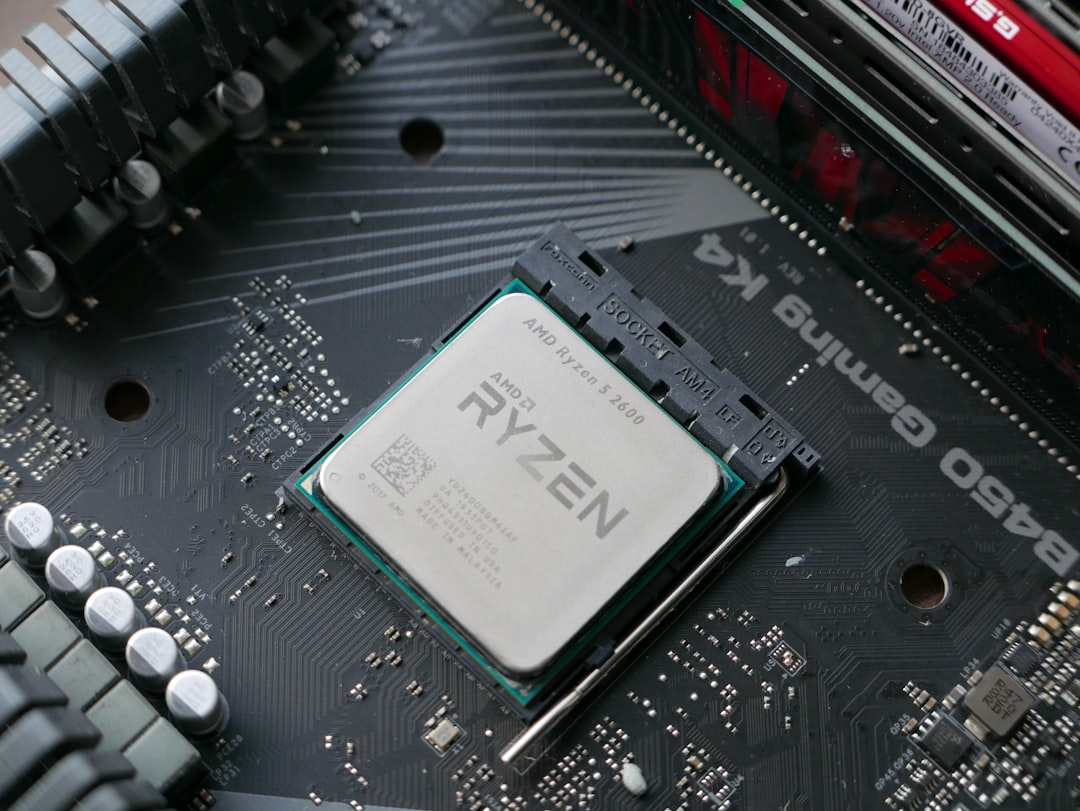Imagine walking into a fancy store. You’re ready to shop. But the front door won’t open. You knock. You wait. Still nothing. Finally, after a full minute, someone opens the door. Would you still want to shop there?
This is exactly how users feel when your marketing website takes too long to load. If your site is slow, you’ve already lost most of your visitors before they even see your amazing offer!
That’s where a Web Performance Budget comes in. It’s like a diet plan for your website. It sets limits to keep your pages light, fast, and healthy. And the results? Happier visitors and better conversions.
What is a Web Performance Budget?
A performance budget is a guideline. It helps you decide how big or slow your website pages can be. You put limits on things like:
- Page load time – how fast a page should fully load
- JavaScript size – how much code runs on the page
- Image weight – how big your pictures are
- Number of requests – how many files load on your site
Think of it like packing for a trip. You only have one carry-on bag. You must choose wisely. Essentials only!
Why Marketing Sites Need a Budget
Marketing sites are full of glam. Bright visuals. Fancy animations. Cool interactive tools. That’s great—until it’s not.
Every extra image or script slows down your site. If your homepage takes longer than 3 seconds to load, 53% of mobile users will leave. Yes, over half your visitors may bounce!
Also, search engines like Google care about speed. Sluggish sites get pushed down in rankings. Your SEO efforts? Wasted.
So, having a performance budget keeps your shiny marketing features in check. It forces your team to focus on real impact, not just looks.
Start With the Basics
Before you set a budget, you need to know where you stand. Use tools to audit your current site:
These tools will show you key metrics like:
- Time to First Byte (TTFB)
- First Contentful Paint (FCP)
- Largest Contentful Paint (LCP)
- Total Blocking Time (TBT)
- Cumulative Layout Shift (CLS)
Write those numbers down. That’s your baseline.
Next step? Set limits you want to meet—and improve over time.
Deciding What to Budget
Now you know your numbers. Time to build your budget. Focus on these:
- Total page weight: Keep it under 1.5 MB if possible
- Images: No single image should be more than 150 KB
- Total requests: Try to keep it under 60
- Time to interactive: Aim for under 5 seconds on 3G network
Your marketing team might say, “But that limits our creativity!”
True. But great stories don’t need heavy videos or gigantic images. They need smart content and meaningful design.

How to Enforce the Budget
Setting a budget is one thing. Sticking to it is the real deal. Here’s how to keep your site on a healthy track:
- Automate testing: Use Lighthouse CI or Webpack Budget Plugin to catch issues before deployment.
- Use GitHub Actions: Add performance checks when developers push code.
- Track performance over time: Tools like SpeedCurve help visualize trends and monitor your goals.
- Educate your team: Share your goals with designers, marketers, and developers. Everyone should be on board.
Make performance part of your planning—not a panic-before-launch situation.
Typical Traps for Marketing Teams
Marketing teams sometimes forget that flash can be fast if done right. But often, these mistakes creep in:
- Auto-playing background videos – They look cool, but eat bandwidth
- Giant uncompressed images – Nobody needs a 10MB image of a salad
- Too many tracking scripts – Analytics are important, but stack too many and your site suffers
- Custom fonts overload – Stick to 1–2 fonts, and preload them smartly
These features may win awards, but they lose real users. Keep the user’s patience in mind.
Show Don’t Just Tell: Visual Budgets
Numbers are great. But nothing wakes up a team like visuals.
Try using performance budget dashboards during meetings. Tools like Calibre or Treo show progress graphs. Think of them as weight charts for your website.
Visuals help marketers understand the trade-offs:
- “If we add that new video hero banner…”
- “…we’ll exceed our load time by 2 seconds.”
Now it’s a conscious decision—not an accident.

Tips to Stay on Budget (and Be Fast!)
Here’s how to stay lean and quick, without losing your marketing sparkle:
- Compress images – Use WebP or AVIF formats when you can
- Lazy-load visuals – Only load images as they scroll into view
- Minimize scripts – Remove unused code and delay loading non-critical scripts
- Use a CDN – Distribute content worldwide for faster response
- Limit fonts – Every font adds time; keep it simple
These little steps add up to big wins in speed and SEO.
Keep Testing, Keep Improving
A performance budget isn’t “set it and forget it.” Web things change fast. New content, campaigns, and updates can shift performance in a blink.
So test often. Adjust your budget as needed. Make it part of your monthly team goals.
Better yet, give your team a fun reward for staying under budget. (Pizza, anyone?)
Final Thoughts
Your marketing site is often the first impression of your brand. If it’s slow, users think you don’t value their time.
Speed speaks louder than style. And performance budgets are the roadmap to a web presence that’s both beautiful and lightning fast.
Set limits. Stick to them. And make every millisecond count.



